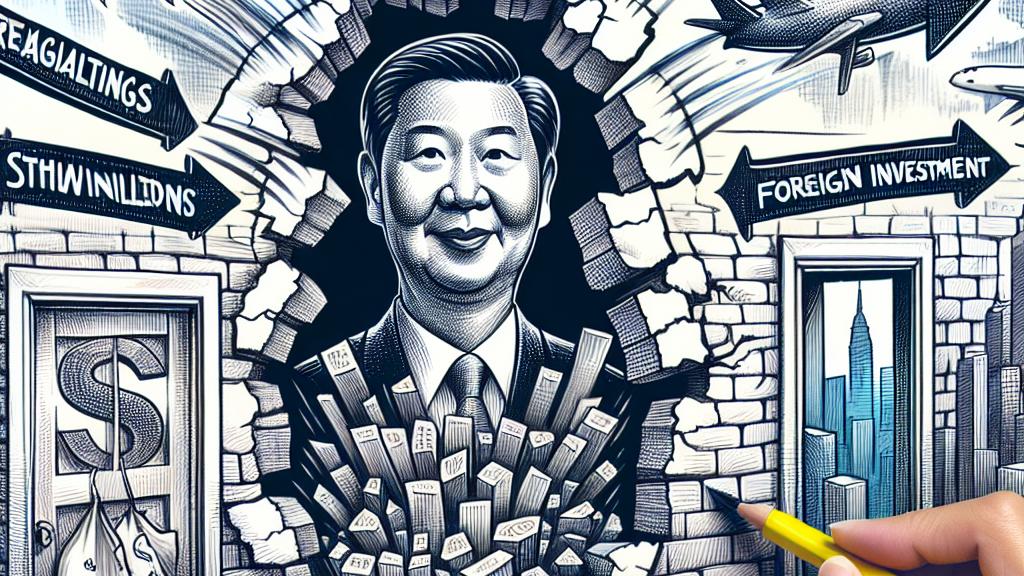Understanding the Economic Impact of Manmohan Singh's Leadership in India
Overview
- Manmohan Singh's revolutionary reforms transformed India's economy remarkably.
- His era was marked by both incredible successes and tough challenges.
- Experts emphasize the importance of education and healthcare to honor his legacy.

Transformative Economic Reforms
In the tumultuous early 1990s, India was poised on the brink of economic disaster. The country was facing severe financial turmoil, with foreign reserves dwindling and the threat of default looming large. It was at this critical juncture that Manmohan Singh stepped in as Finance Minister, ready to change the course of India's economic history. With a quiet yet determined approach, Singh initiated sweeping reforms that dismantled the outdated Soviet-style controls strangling the economy. By reducing regulations and opening the doors to foreign investment, he sparked a remarkable transformation. For example, foreign direct investment skyrocketed, a stark contrast to the near-zero levels from the past. By the end of his tenure, Singh had guided India to become Asia's third-largest economy—an astonishing achievement that uplifted millions and instilled a renewed sense of hope across the nation.
The Challenges of Continued Reform
However, Singh's journey was not without its difficulties. When he became Prime Minister from 2004 to 2010, India experienced average growth rates of 8.3 percent, a remarkable feat. Yet, inside the corridors of power, he was often embroiled in a fierce struggle. Opposition came not just from outside but from within his own party, the Congress, creating a push and pull that complicated his reform agenda. For instance, Singh championed policies aimed at further liberalizing the economy, yet faced pushback from party members hesitant to embrace rapid change. Moreover, the clouds of corruption scandals cast a long shadow over his leadership, causing public trust to wane and contributing to the Congress’s decline in the 2014 elections. This conundrum of internal conflict and external pressure led many to ponder how much more robust India's economy could have been had Singh received the unwavering support needed to implement his vision fully.
Looking Ahead: Strengthening Singh's Legacy
Today, as India assesses the profound yet incomplete legacy of Manmohan Singh, a strong call to action resonates among experts and analysts alike. There is a consensus that to truly honor Singh’s contributions, the nation must prioritize crucial sectors like privatization, education, and healthcare. Imagine a scenario where every child is empowered with quality education, sparking innovation and economic dynamism. By focusing on strengthening these sectors, not only does India have the chance to amplify Singh’s vision, but it also paves the way for sustainable long-term growth. Such an approach would transform Singh's economic legacy from a historical footnote into a living blueprint for the future, ensuring that his principles continue to guide India toward prosperity. This is not just an aspiration—it is a roadmap that could elevate India to new heights on the global stage.

Loading...